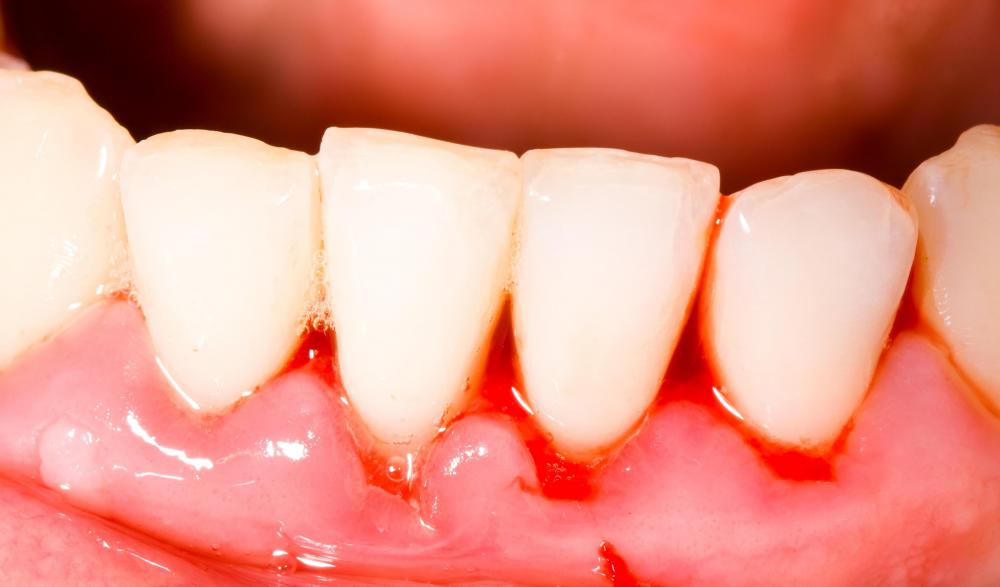At WiseGEEK, we're committed to delivering accurate, trustworthy information. Our expert-authored content is rigorously fact-checked and sourced from credible authorities. Discover how we uphold the highest standards in providing you with reliable knowledge.
What Is Glanzmann Thrombasthenia?
Glanzmann thrombasthenia (GT) is a blood disorder that is extremely rare. It affects the platelets in blood. These platelets do not contain a glycoprotein called fibrogen. Without this glycoprotein, platelets cannot bind and form clots that stop bleeding.
Doctor Eduard Glanzmann discovered this platelet abnormality in 1918, when it was called hereditary hemorrhagic thrombasthenia. It is inherited when both parents carry the gene and pass it on to children, and it is classified into autosomal recessive disorders that affect blood coagulation. Glanzmann thrombasthenia results in excessive bleeding from the smallest injuries. A child’s lost tooth or paper cut can be extremely dangerous and lead to fatal blood loss.

Platelets do not have physical deformities in people who have Glanzmann thrombasthenia. Instead, they are normal but do not have the ability to engage in coagulation. Patients can have type 1 or type 2. Type 1 occurs when platelets cannot aggregate, or collect, and do not have any clot retraction ability. People who do not have aggregation but do have some clot retraction have type 2.

Glanzmann thrombasthenia is most commonly found during early childhood because young children are more prone to cuts and scrapes. Bruising can occur very easily. Frequent nosebleeds and bleeding gums are other common symptoms. Menstruation and childbirth can cause excessive bleeding for women with this disorder.
Diagnosis of Glanzmann thrombasthenia occurs through testing. Bleeding and clotting times are measured by watching how small cuts stop bleeding and how long it takes. In the laboratory, blood samples are tested with various chemicals to test how platelets react. Samples are also tested to see if glycoproteins are present in platelets.
Treatments for Glanzmann thrombasthenia depend largely on which version of the disorder a patient has. Women may be prescribed hormone supplements to help minimize menstrual bleeding. Other general medications that may be used for men or women include fibrin sealant medicines to help with clotting, iron supplements, and antifibrinolytic medicines. Platelet transfusions are often necessary for severe injuries to replace lost blood.
For patients who have Glanzmann thrombasthenia, certain over-the-counter and prescriptions should be avoided. Blood thinners or medicines that alter clotting should not be taken because they can lead to more bleeding. Non-steroidal anti-inflammatory drugs should not be taken because they can also interfere with clotting. Doctors should be notified of all medications that have been taken to avoid dangerous interactions or side effects that might make the condition life-threatening.
AS FEATURED ON:
AS FEATURED ON:












Discuss this Article
Post your comments